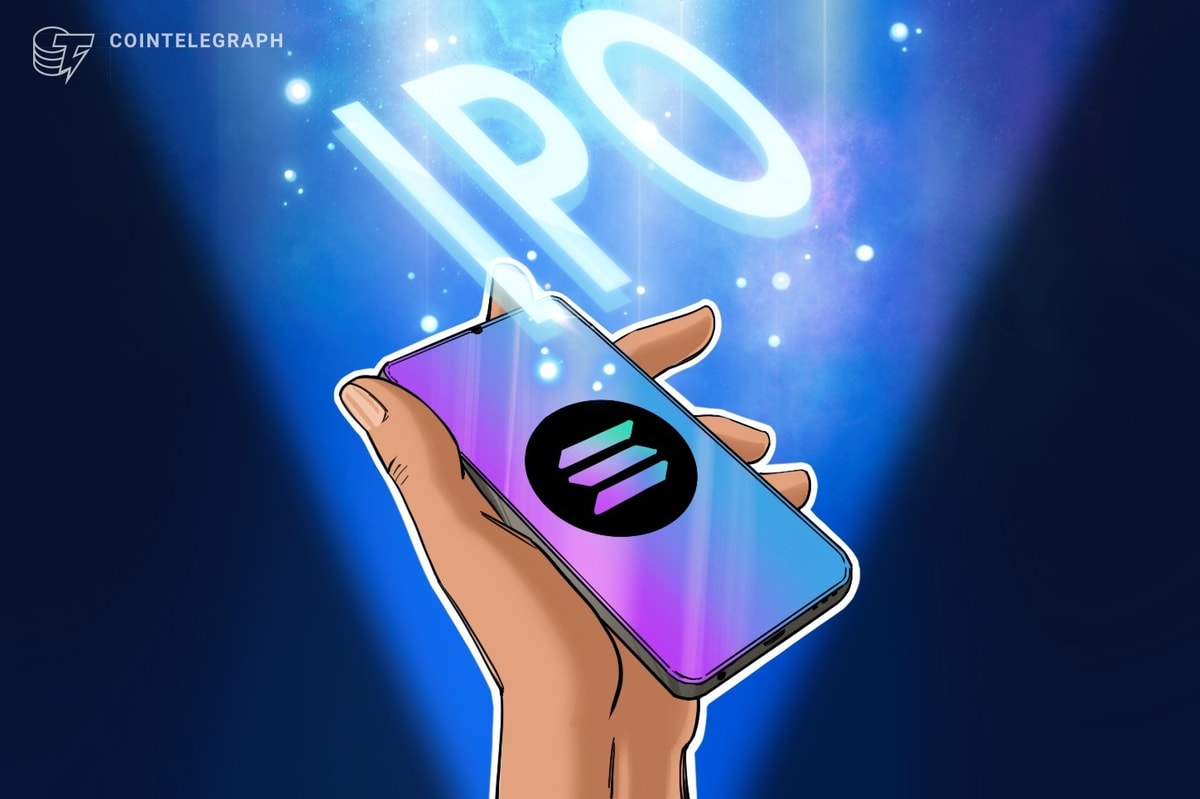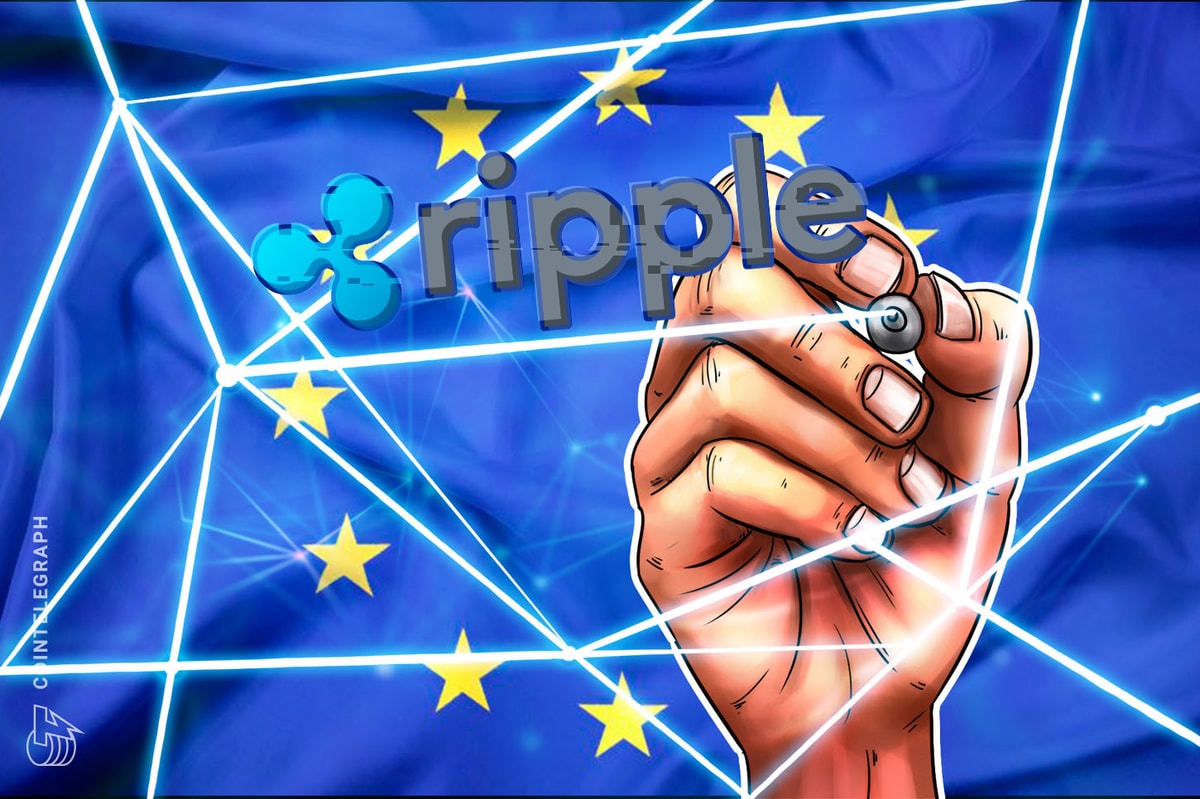A few years back, the concept of owning and trading fragments of physical real estate might have seemed too far-fetched for many. But with the advent of blockchain technology, real estate tokenization is providing new opportunities for fractional ownership and investment.
Blockchain technology’s long-overdue debut in real estate has made real-world asset tokenization a heavily-discussed topic in the industry. After all, tokenization ticks all those boxes that are often required to ruffle many a feather in a traditional industry — it’s digital, global, complex and future-oriented.
But how exactly does real estate tokenization work, and how can it help transform illiquid real estate ownership into a liquid one? Let’s take a look.
What does tokenization mean?
Tokenization is the process of taking traditional assets (like real estate) and dividing them into digital tokens that can be traded on a blockchain. This makes it easier for people to invest in and trade such assets and helps create a more liquid market.
In essence, tokenization is the process of converting asset ownership rights into digital tokens on a blockchain and can be used to tokenize several things, including:
- Tangible assets like precious metals, real estate, art and more;
- Intangible assets such as intellectual property rights; and
- Regulated financial instruments like bonds and equities.
In the context of real estate, tokenization refers to the fractionalization (dividing the property into smaller parts) of property through tokens stored on a blockchain. This way, investors can directly own a piece of a token’s underlying real-world asset without having to purchase or manage the entire property.
Tokenization can help make investing in real estate more accessible and liquid. Rather than purchasing an entire property, investors can now buy tokens representing a portion of the property. This makes it easier for people to invest and also helps create a more liquid market.
The benefits of tokenization
Tokenization has the potential to revolutionize the way we invest and trade assets by making it easier and more accessible for everyone. For example, tokenization can help with:
Liquidity
The conversion of illiquid real estate assets into “tokens” implies that a direct investment in a property is treated as an indirect one. This allows issuers to secure higher liquidity, as the number of buyers is not limited to those who can afford the entire asset. In addition, tokenization also allows for fractional ownership, opening up investment opportunities to a larger pool of potential investors.
Transparency
The use of blockchain technology brings a new level of transparency to the real estate industry. Since data is stored on a decentralized ledger, all transactions are visible to everyone on the network. Completed transactions can no longer be changed, manipulated or canceled, in turn creating a more secure and trustworthy system. This increased transparency helps to build trust and confidence in the market, and reduce fraudulent activity.
Automation
The use of smart contracts can help to automate several processes involved in real estate transactions, such as title transfers, document verification, dividend payments and compliance. This can help make the process more efficient and streamlined, saving time and money for all parties involved.
Accessibility
Tokenization removes current limitations on the fractionalization of real-world assets, making it possible for a wider investor base to participate. Barriers to entry are removed since assets once available only to a select and privileged few can now be accessed by a larger number of people. This increased accessibility helps to democratize the market and level the playing field.
Reducing geographic constraints
The global nature of public blockchains facilitates the tokenization of assets, making them available to investors anywhere in the world. This helps break down geographic boundaries and connect global markets. For example, a real estate property in New York can now be tokenized and made available to investors in Japan, and vice versa, provided the participating blockchain complies with relevant Know Your Client and Anti-Money Laundering laws.
How do you tokenize real estate assets?
There are three steps involved in tokenizing real estate assets:
Step 1: Deal structuring
This step involves deciding on the type of asset to be tokenized. Typically, property owners either:
- Form a subsidiary created by a parent company (to isolate financial risk) called a special purpose vehicle, or;
- Become part of a real estate fund, or funds that already exist and are focused on investing in real estate securities
During this step, the rights of shareholders to dividends, partial governance and equity shares are also determined.
Step 2: Choosing a platform
The next step is choosing the tokenization platform for creating the tokens. Some examples of popular platforms for tokenizing real estate assets include RealT, Harbor and Slice.
The property owners’ chosen platform then uses blockchain technology to create smart contracts, which are then used to manage and automate the sale, transfer and dividend payments of the tokens. Tokens can run on different types of blockchains, such as:
- Public blockchains: These networks are decentralized and open-source, meaning anyone can join and participate. The best-known examples of public blockchains include Ethereum and Bitcoin.
- Private blockchains: These networks are centralized and permissioned, meaning only those with an invitation from the network administrator can join. Private blockchains are often used by businesses and organizations for internal record-keeping and efficient management.
- Hybrid blockchains: These networks are a combination of both public and private blockchains, giving users the benefits of both worlds.
Step 3: Token issuance and distribution
Tokens are created, issued and distributed during a security token offering (STO). Much like stocks issued on the stock market during an initial public offering (IPO), security tokens are offered to investors in exchange for funding. Once the STO is complete, these security tokens are listed on a digital asset exchange, where they can be bought and sold by investors.
How can the real estate market benefit from tokenization?
Tokenization provides new liquidity to the real estate market by making it easier for people to trade and invest in properties. Through tokenization, investors can now buy and sell fractional ownership in a property, which was not possible before. This has created a more liquid market for real estate and is helping transform how people invest in and own property.
The global real estate market is currently valued at $280 trillion. However, despite being one of the largest markets worldwide, traditional real estate remains largely illiquid and nontransparent. Critics chalk it up to many factors, including high investment costs, long investment horizons, expensive intermediaries and inefficient settlement cycles.
Tokenization is helping to solve these problems by bridging the gaps between traditional real estate and blockchain technology. According to a recent study by Moore Global, if 0.5% of the total global property market were to be tokenized within the next five years, the real estate market could grow exponentially to $1.4 trillion. Simply put, even a small portion of traditional real estate could significantly improve market liquidity through tokenization.
How to gain liquidity without selling your real estate assets?
Traditional principles of real estate dictate that gaining liquidity can only mean one thing: selling one’s assets. However, with tokenization, this is no longer the case. Now, property owners can unlock their property’s liquidity without selling it.
Blockchain technology opens up a slew of opportunities by allowing assets to be broken down into smaller pieces, representing ownership, fostering the democratization of investment in formerly illiquid assets and enhancing market fairness. This is true not only for real estate assets, but also for company shares, valuable art collections and more.
For example, let’s say a property owner’s $1 million rental property is currently generating $10,000 per month in rental income. If they were to tokenize the property, they could issue 10,000 tokens at $100 each. These tokens could then be sold on a digital asset exchange to investors, who would then be able to trade the tokens and receive rental income from the property.
The property owner would still retain ownership of the property and continue to receive rental income from it. However, they would also have the needed liquidity without selling their assets.
The potential risks associated with tokenization of real estate investing
When it comes to the tokenization of real estate, there are a few key risks that investors should be aware of:
- Regulation: Real estate tokenization is still a relatively new phenomenon, currently unregulated in most jurisdictions. This means there is a risk that laws and regulations could change, adversely affecting the tokenized real estate market.
- Volatility: The prices of digital assets can be highly volatile, which means that investors could lose a substantial amount of money if they invest in a property that decreases in value.
- Fraud: As with any investment, there is always a risk of fraud. When investing in tokenized real estate, thorough research and due diligence are important to ensure the project is legitimate.
Despite these risks, the potential rewards of investing in tokenized real estate outweigh the risks for many investors. The key is to be aware of the risks and to conduct extensive research before investing.
Purchase a licence for this article. Powered by SharpShark.







